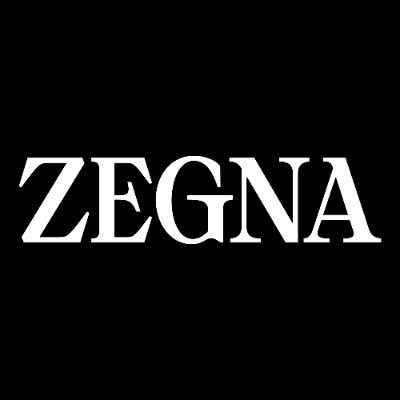Italy’s largest textile show, Milano Unica, wrapped up last week with a couple of notable new products. One theme that persists is the continued oligopolization. This is happening for strategic reasons, many of which are due to climate change and the subsequently decreasing raw material qualities. This is leading not only to higher prices at the step of harvest, but it continues down the supply chain with fewer and fewer individual players, unlike leather, which, thankfully, the world still produces an excess of, meaning that you will be less likely to notice any deterioration of quality among shoes or leather goods any time soon (manufacturer decisions excluded). Yet this trend of lower raw material quality is gradually accelerating among cashmere, linen, cotton, and Merino wool. The concentration in the supply chain of European linen has already caused meter prices to surge well past the €100 mark. While raw cashmere has only risen moderately in the grand scheme of things, top-end bales with the finest and longest fibers elongate the tail of cashmere’s bell-shaped price curve toward the right. Where is that going to lead us ?
Vintage galore, more consumers will continue to search for small high-end makers in order to gobble up new-old-stock/NOS (why did y’all think I started the diffusion line video series)
“investment pieces”, resellers need new entry points, because the luxury handbag market is somewhat saturated and in a correction territory. Time pressure is a wonderful sales tactic that, when applied to, e.g., cashmere, has a lot of potential to kick off the next resale hype cycle informed by a misleading narrative. I can hear these two British kids yap into their mics “did yuu kno that old Looro Piaana cashmeer woas acdshually higha kualitee than itis tuday ?” (semi-phonetic British accent) and BOOM, LP and BC sweaters are selling above retail since they are now iNvEsTmEnT pieces.
Maring compression in the middle of the market will continue, eradicating mid-market players. Now, this isn’t new, but we are marching towards a point in time where a good deal/value-for-money brand like Luca Faloni or Pini Parma will no longer be an option relative to average incomes because of raw material prices. And I say this with 100% certainty because it already happened in many CPG categories, where velocity and margins are exponentially higher and smaller, respectively. The days of a good Swiss or Belgian-made store-brand chocolate bar retailing for €1 or a name-brand one for sub €2 (ikik, this is utopian pricing in Hershey and Ghirardelli land) are pretty much over.
We have seen what happened to the high street and fast fashion; they can’t produce reasonably well-made pieces anymore due to surging costs. Causing them to either decrease their quality or engage in tactical price increases and move upmarket. So while fashion is a luxury pastime most of us engage in, the long-term question is - how can those for whom fashion is a necessity (where are the Kirkland Signature peeps at ?) consume it relatively sustainable with regard to quality and without the need to spend disproportionally more on it ? While I do have a venture-fundable answer for this, the industry itself has yet to come up with strategies to address this inevitable car crash, whether that’s on a system or mere business level.
Tagliovivo
The Tagliovivo Story Tagliovivo is renowned for its artisanal leather bags. The brand’s roots are deeply embedded in the rich tradition of Italian craftsmanship. Each piece is meticulously handmade and proudly bears the “Made in Italy” label. The brand was founded in 2012 in southern Italy by designer Giordano Lapegna. After two years of extensive research, Lapegna launched his first Fall/Winter collection in 2013. His fascination with Italian workmanship, natural fabrics like linen lining, vegetable-tanned bovine leather and hand-dyed cordovan leather, and wrought iron led to the creation of a collection that beautifully amalgamates these elements.
Greek summer dress
Angelos Tsakiris The designer’s pieces are all made in Greece, and some even feature domestic materials like silk from Soufli. Shop here
Made Green in Italy
Aimed at declaring the environmental performance of its patented Sensitive Fabrics. Established by the Ministry of Environment and Energy Safety, this recognition assesses the environmental footprint of products through the PEF methodology, as defined by the European Commission in Recommendation 2013/179/EU.
Diffusion lines
Once upon a time, an idea emerged in fashion land that aimed to introduce new and young customers to the world of luxury fashion. That’s how diffusion lines were born. There were two types of diffusion lines: the “sport” variant, which allowed tailoring and runway brands to experiment with synthetic fibers and sports-related technology and what la…
Milano Unica
It is called ‘Smarten up’, the fall/winter 2025-26 collection presented by Eurojersey at the 39th edition of Milano Unica at Fiera Milano Rho. The combination of fashion and comfort remains the stylistic signature of the Carvico Group’s brand, which specializes in technical and performativ…
DMs on TikTok and Instagram are open, so keep your questions coming
Keep reading with a 7-day free trial
Subscribe to Fabricateurialist’s - Rewoven to keep reading this post and get 7 days of free access to the full post archives.








